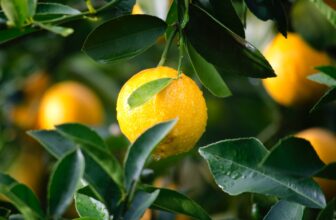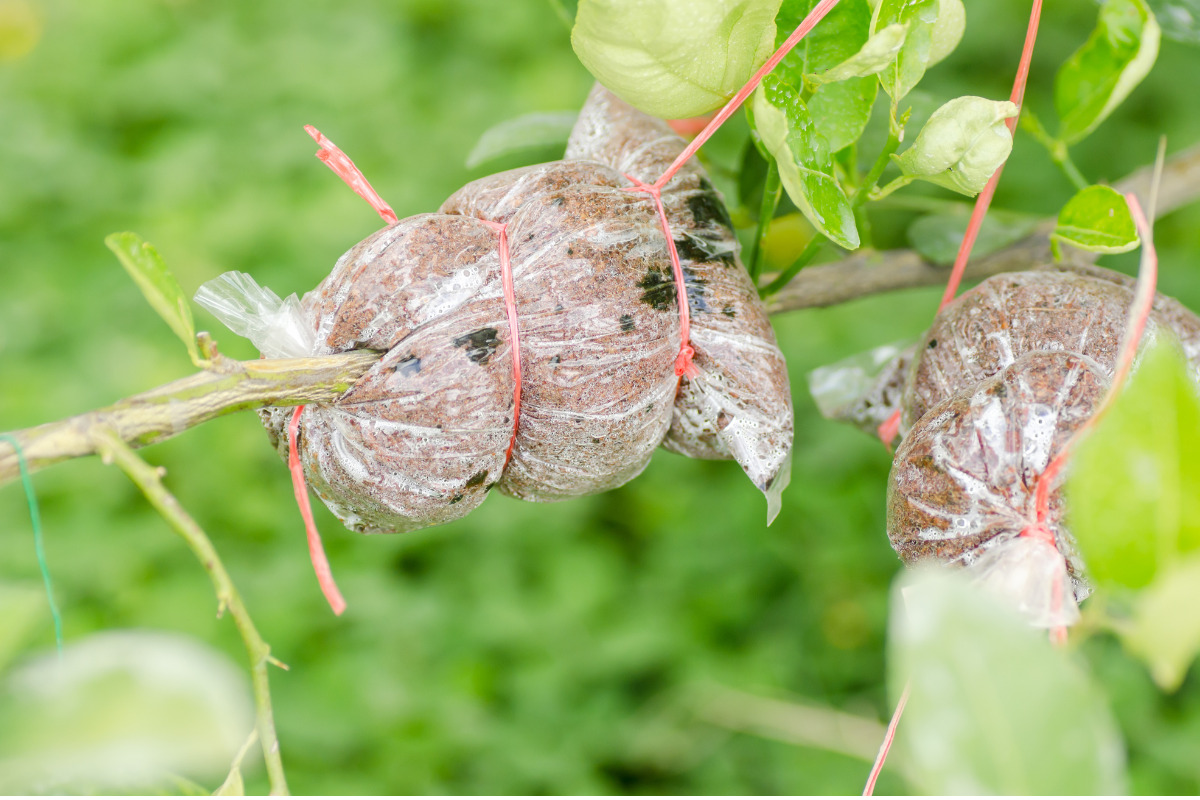
Table of Contents
Plant grafting is simply the technique of joining two plants to create a new plant. It attaches the bottom half and roots of one plant with the top half of another plant. This allows gardeners to combine the best qualities of the plants together, increasing productivity and the plant’s immune system.
If you are looking at plant grafting, this article is a beginner’s guide on what plant grafting is and all the information you would need to know. Let’s get started.
What is Plant Grafting?
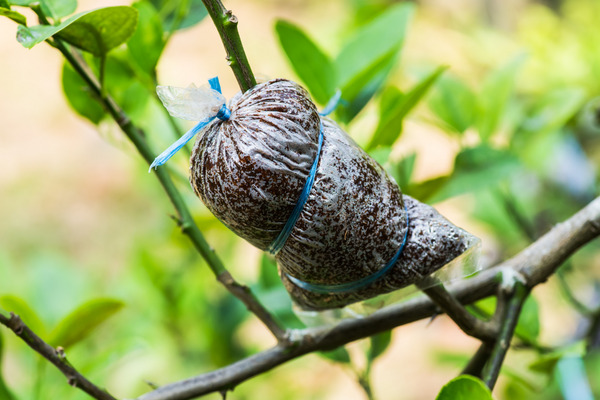
Grafting is a horticultural technique in which a piece of one plant (called the “scion”) is joined to a piece of another plant (called the “rootstock”) so that they will grow together as a single plant. The scion is the part of the plant that will produce the above-ground portion of the plant, including the leaves, flowers, and fruit. The rootstock is the part of the plant that will produce the roots.
Grafting involves carefully matching the scion and rootstock in size and compatibility and then joining them together in such a way that they will grow together as a single plant. There are several different methods of grafting, including cleft grafting, bark grafting, and whip and tongue grafting.
Grafting is most commonly used in fruit trees, such as apples, pears, and citrus, but it can also be used in other plants, including roses, tomatoes, and grapevines. Grafting is used to propagate desirable traits in plants, such as disease resistance or larger fruit, and to improve the performance of plants in different environments. Grafting is an important technique in modern horticulture, and it’s used by farmers and gardeners around the world to improve the performance of plants.
Plant Grafting – A Brief History
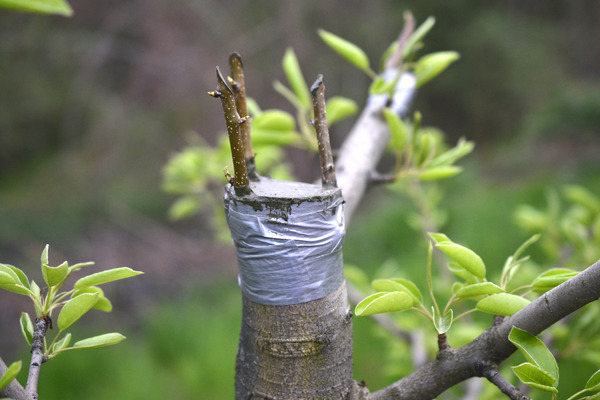
The practice of plant grafting has a long history and has been used for thousands of years by farmers and gardeners to propagate desirable traits in plants and to improve the performance of plants in various environments.
The origins of grafting as a horticultural technique are a little hazy. It’s believed that humans probably noticed that plants tend to naturally graft at places where their limbs and roots could touch and fuse. This triggered man to attempt plant grafting for themselves.
The earliest plant grafting dates back 4000 years to ancient China and Mesopotamia. Farmers in China had grafted gourds to increase the size of gourd fruit.
At the beginning of the 20th century, the concept of plant grafting began to take some momentum with the likes of Haberlandt, an Austrian botanist, who discovered that plant cells are totipotent. He brought about plant tissue culture by establishing that a plant cell had the potential to produce the entire plant.
Around the same time in Japan, research published by Tateishi discussed how a farmer successfully grafted watermelon and pumpkin to combat the Fusarium wilt. These findings paved the way for plant grafting to be seen as a horticultural technology.
Today, plant grafting is a much-needed aspect of gardeners and is a technique that can be learned and mastered.
Pros and Cons of Plant Grafting
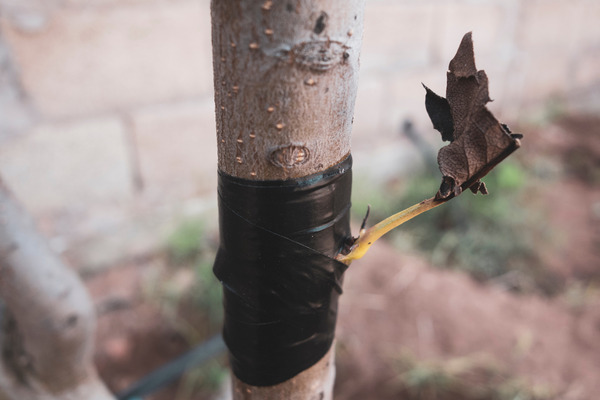
Here’s a look at the pros and cons of plant grafting:
Pros:
Plant grafting has many benefits which make it a popular technique. Here are some of the key benefits of plant grafting which explains why this is something worth trying.
- Smaller sizes: By grafting, you can produce dwarf versions of the parent plant.
- Increased resistance to diseases and pests: There is increased resistance in plants when it comes to various environmental stress. This is the most important benefit of grafting as it combines the rootstock and scion of desired parent plants. The generated chimera (the bud or graft hybrid) builds resistance to soil nematodes, bacteria, and viruses. This helps to control plant diseases, such as mosaic virus, bacterial wilt, root nodules, and tobacco.
- Preserve species of plants: Grafting is the only way by which desirable properties of seedless hybrids can be preserved.
- Physiological improvement: By this method, the quality, size of fruit, and yield can be increased for a single plant.
- More productive plants: The plants become more tolerant to adverse factors, such as excess or lack of humidity, salinity, and drought.
- Methods to Propagate: Is a way to propagate those plants that do not produce seeds or stakes.
- Quicker Growth: Grafting makes it possible to establish a plantation in a short time, it provides good crops for commercial use.
- Renew and Revive: You can renew old trees by grafting.
- Easier: It makes it easier to perform cultural tasks, such as harvesting fruit, pruning, and phytosanitary.
- Best of Two Different Plants: You can unite different plants’ behavior by grafting, with contributions from both individual plants.
Cons:
Here are some disadvantages of grafting.
- Experience in Grafting: You need to be experienced in grafting to avoid grafting failure and a grafted plant from being handled unprofessionally.
- Incompatibility: The biggest problem when it comes to grafting, is the incompatibility of the root and scion which then influences the genetic composition of each plant negatively.
- Costs: Increase in cost as they need additional greenhouse space, use certified seeds, work with skilled labor, and go through extra training.
Pre-Grafting: Steps to Consider
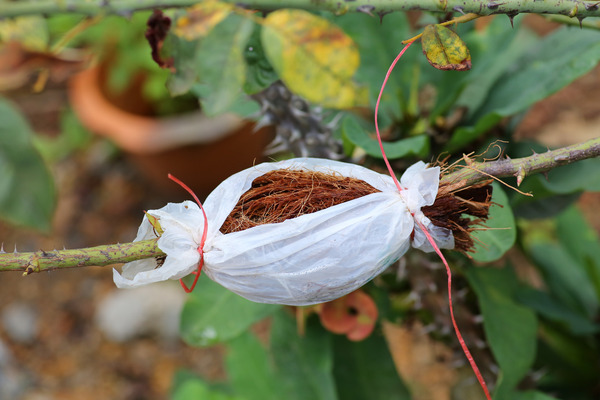
1. Compatibility – Rootstock and Scion
The most important thing to consider when you plan to graft two plants is to make sure they are good candidates.
The rootstock (the root system of a plant with part of its stem) is the base or parent plant and the scion or cion (the young shoot of a plant) is the flowering or fruiting part of the plant grafted together to grow as a new plant. It is also possible to graft many different scions onto the same rootstock.
You must have a scion and rootstock which are closely related to make the grafting successful. If the plants you are trying to graft are from different families, then grafting will not survive. This means grafting is limited by the compatibility of rootstock and scion.
Compatibility is possible where there is a close genetic relationship between the rootstock and scion. Using plants from the same botanical genus and the same or different species usually proves to be successful.
2. How Old Must Plants Be to Graft?
Grafting can be done when plants are 2 -5 inches in height with equal diameter. A tomato and an eggplant can be grafted when their stems are green prior to getting woody. A tip is to try grafting after 2 – 4 true leaves of the plant have formed.
3. The Best Time to Graft
The most suitable time for grafting is during winter and early spring, it is the time when both rootstock and scion are dormant.
4. Key Steps to Remember When Grafting
When grafting, be mindful of the following:
- Use clean grafting tools to prevent them from transmitting disease and infection, and sterilize the blades with isopropyl alcohol.
- Try to make the cut using a sharp grafting knife to keep it smooth.
- Use grafting wax and a rubber band to seal the exposed green tissue so that it doesn’t dry out.
Popular Grafting Techniques
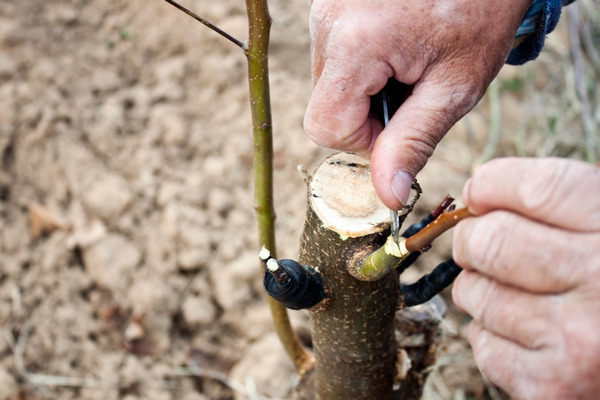
There are many different grafting techniques that are used, depending on the kind of plant being grafted.
Cleft Graft
Being the easiest and the most popular grafting technique, it is used to join both flowering as well as fruiting trees to produce a different variety of fruit, including peaches, apples, pears, and cherries. You can do cleft grafting on the main stem as well as the scaffold or lateral branches during the winter and early spring seasons. The scions in cleft grafting should have no less than three buds, should be of ¼ inch diameter, and 6-8 inches long. While the rootstock should be straight and have a diameter of 1-4 inches.
Bark Graft
This grafting technique where the graft is made by slitting or slipping the bark of the rootstock and then inserting the scion beneath the bark. The rootstock can be of a larger diameter, from 4-12 inches and this grafting is done during the early time of spring. It is known to have a high success rate which makes it a great option for grafting.
Side-Veneer Graft
This grafting technique is where a thin slice of wood from one plant is inserted into the other, usually grafting plants of the same species. It was primarily used to graft varieties of rhododendrons and camellias, which are otherwise difficult to root.
But nowadays, this method is used to graft conifers, particularly the ones that belong to the compact or dwarf varieties. It uses potted seedlings as rootstock with the scion cut as a wedge.
Splice Graft
This grafting method joins scion onto an intact root piece or the stem of a rootstock. Both the cion and rootstock should be of the same size, ½ inch or less for splice graft.
Whip and tongue Graft
Ornamental and nursery crops are usually grafted using this technique. For this technique, both the scion and rootstock are of the same size.
Saddle Graft
Using saddle graft uses the same sized rootstock and scion. The rootstock and scion are cut into a V shape and grafted together to fit. The scion looks like it is sitting on a saddle which is the rootstock. This technique is easy to learn, and once you know it, you can carry it out in no time.
Bridge Graft
This grafting technique is to bridge a damaged or diseased part of a plant. The damage is commonly caused by lawn maintenance equipment, disease organisms, rodents, and cold temperatures. The damaged area is commonly close to the base of the main stem, and the bridge helps keep the damaged area watered and given nutrition properly. The best time for bridge graft is during early spring.
Inarch Graft
This grafting serves the same purpose as supporting or bypassing a weakened or damaged part of the plant’s stem. You can use a shoot of the same species, or it can be a sucker, shoot, or waterspout.
Post-Grafting: Steps to Follow
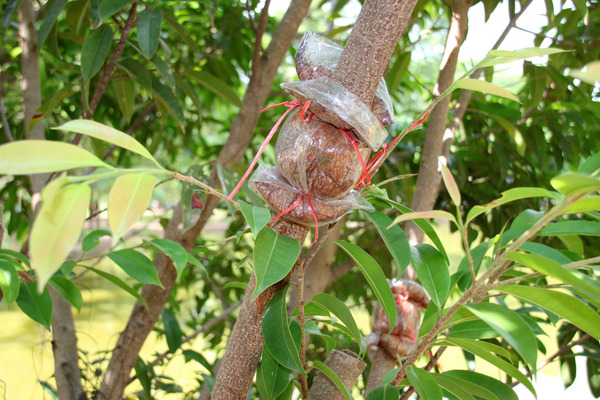
When you have successfully grafted a plant, you need to remember the following tips to keep the plant healthy:
- Recheck the Wax: Check the wax or the wounded area and ensure it is well sealed. Do this once every 3 – 5 days. When temperatures change, it will affect your graft. Dry air will draw out water and kill the scion. The seal is what keeps humidity locked in. Reseal when necessary.
- Keep the plant dry, and avoid it getting wet. When watering, be mindful not to let any water enter the graft.
- Humidity Levels: Maintain good humidity levels. Place a water tray under your graft and mist the area.
- Avoid direct sunlight and ensure there is just enough partial light.
- Manage Rootstock Growth: If rootstock starts growing, suppress this to encourage the scion to grow. The rootstock is always a stronger plant than the scion. Prune the rootstock to stop its growth.
- Support Scion Growth: Scion growth shows successful grafting. Direct all the energy for growth towards the scion by controlling rootstock growth.
- Look For Signs of Girdling. Once the scion starts to grow, the sealing will become too small and tend to choke the scion. You can cut or remove the tying or wax seal once the scion looks strong and its first leaves are out.
Wrapping Up
Grafting may seem a complicated technique but once you have all the information, it can be very rewarding. The plants continue their growth, with their vascular tissues joined together to support the plant.
Plants start to bear more fruit after being grafted and have more chances of surviving different harsh weather and environmental conditions.
Now you know the important things about grafting, you can be creative and start to graft two different trees to produce a unique and fruitful result. Remember to graft the plants carefully and provide extra care for the newly grafted plants to keep them healthy and growing.
Plant Grafting FAQs
Grafting is done in plants for a variety of reasons, including: to propagate plants more efficiently; to introduce new traits or characteristics to a plant; to repair or rejuvenate an existing plant; to protect a plant from certain diseases or pests; and to improve the growth or productivity of a plant.
The success of plant grafting can vary depending on various factors such as the type of plant being grafted, the skill of the person performing the grafting, the conditions under which the grafting takes place, and the care given to the grafted plant after the procedure. In general, grafting has a high success rate, but it’s important to follow proper techniques and provide proper care for the grafted plant to ensure the best chances of success.
Some benefits of grafting include: the ability to propagate plants more efficiently; the ability to introduce new traits or characteristics to a plant; the ability to repair or rejuvenate an existing plant; the ability to protect a plant from certain diseases or pests; and the ability to improve the growth or productivity of a plant.
Some potential side effects of grafting include: the grafted plant may not survive or may take longer to establish itself; the grafted plant may exhibit abnormal growth or exhibit traits from the rootstock rather than the scion; the grafted plant may be more susceptible to certain diseases or pests; and the grafted plant may not produce fruit or flowers at the same level as the ungrafted plant.
The healing process for a plant graft can take anywhere from a few weeks to several months, depending on the type of plant and the conditions under which it is grown.
The occurrence of plant graft failure can vary depending on various factors such as the type of plant being grafted, the skill of the person performing the grafting, the conditions under which the grafting takes place, and the care given to the grafted plant after the procedure.






